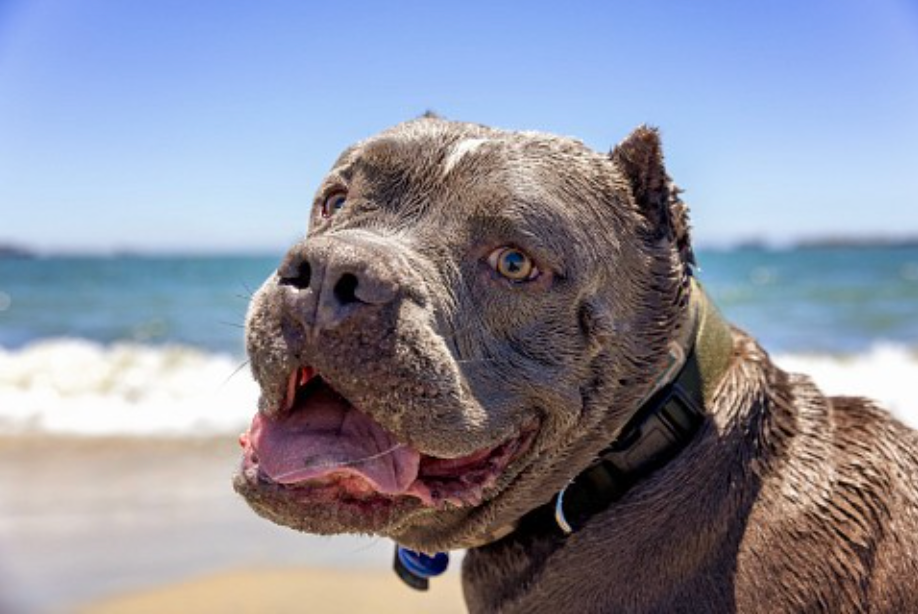How to Keep Your Pets Cool Now that Warm Summer Days Have Arrived

Assets: Photos / B-roll
Temperatures are rising across the country, leading people and their pets to spend more time outdoors. With the official start of summer on the horizon, knowing how to keep pets safe during fun in the sun is essential to their overall well-being.
Best Friends Animal Society, a leading national animal welfare organization dedicated to saving the lives of dogs and cats in America's shelters and making the entire country no-kill*, is offering safety tips to help dogs and cats safely embrace the summer season.
- Too hot to handle: Hot outdoor pavement can burn pets' sensitive paws. A good rule of thumb is if a human can’t hold their hand on the pavement for more than seven seconds, it’s too hot for paws. For pets who wear booties, they can be worn as a protective barrier on steamy days. Walking in the shade at cooler times of day and in the grass also keep paws protected.
- Pool Protocol: Some pooches love the pool, but it’s important to remember not all pets are ready to take the plunge. Using a pet life vest will help keep a dog afloat if they are new to water activity. It's also important to not let pets drink pool water as chemicals like chlorine can cause irritation and vomiting. Lastly, remember to always keep your pool gated when not supervised!
- Hydration Station: Pets get dehydrated quickly, making it important to have plenty of fresh, clean water on hand. A best practice is to carry a collapsible water dish to keep pets hydrated, especially if you’re traveling or enjoying an outdoor adventure.
- No Shade on Shade: Ideally, pets should be kept indoors when it’s hot. Any time a pet needs to be outdoors in the heat it’s important to make sure adequate shade is available. This is especially during the hottest parts of the day, typically from 2-4 p.m.
- Protect Their Skin: Sun and water shirts aren’t just for humans anymore. There are options for pets, perfect for providing coverage from harmful UV rays. There’s pet-friendly sunscreen, too, to ensure their skin is protected.
Studies show that the internal temperature of a car on a 70-degree day can rise to 89 degrees in ten minutes, and to 104 degrees in as little as a half hour making it imperative to not leave pets unattended in vehicles.
To learn more, visit bestfriends.org.
*No-kill is defined by a 90% save rate for animals entering a shelter and is a meaningful and common-sense benchmark for measuring lifesaving progress. Typically, the number of pets who are suffering from irreparable medical or behavioral issues that compromise their quality of life and prevent them from being rehomed is not more than 10% of all dogs and cats entering shelters. For any community to be no-kill, all stakeholders in that community must work together to achieve and sustain that common goal while prioritizing community safety and good quality of life for pets as guiding no-kill principles. This means cooperation among animal shelters, animal rescue groups, government agencies, community members and other stakeholders, all committed to best practices and protocols.